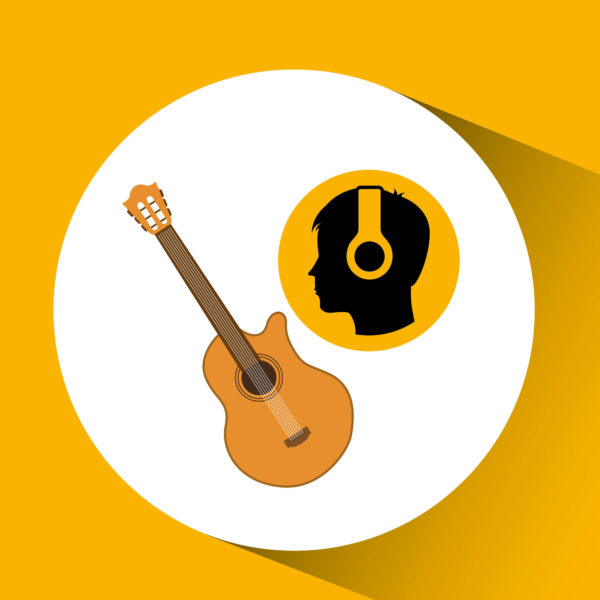Educators know that when they find a way to engage students by making lessons relevant to students’ real-world lives, they’ve scored a win. Bringing popular culture into the classroom is one of those winning strategies.
It seems that students are always on their smartphones or tablets, and often, educators are told to use the topics and technologies students prefer in order to make learning more meaningful. It makes sense, then, to combine things that interest students, such as music and movies, with relevant classroom lessons.
Increasingly, linking learning material to popular culture such as music, celebrity statements on current events or the way different magazines tackle topics can be an effective way to get students to speak up in class, think critically and collaborate.
“Pop culture can be that catalyst to reading and to literacy,” said Frank Baker, founder of the Media Literacy Clearinghouse, during a School Library Journal webinar on pop culture and student engagement. “All media involve writing.”
Studying film is one way students can use visual literacy and develop writing skills. In fact, the Common Core State Standards reference film–seventh grade students are asked to compare and contract a written story, drama or poem to the audio, filmed, staged or multimedia version and analyze the techniques unique to each version.
Films can be read as texts, and in doing so students “unpack” the imagery in the scripts and analyze the techniques used to convey messages and meaning, Baker said.
(Next page: What lessons might look like when they use popular culture)
Using popular culture in a lesson on media literacy or visual literacy might involve asking students to analyze different magazine covers to determine the audience, message and how those relate to current events. Students could analyze and deconstruct magazine covers in groups, then work individually to create their own magazine cover.
And while there are certainly inappropriate and upsetting parts of popular culture, that doesn’t mean popular culture should be entirely avoided.
“With the development of kids being creators and consumers of media come opportunities to critically analyze pop culture,” said Renee Hobbs, director of the Media Education Lab at the University of Rhode Island.
Turning to popular culture to introduce difficult topics is one strategy teachers might use to help students express their opinions and work through sensitive, but important, discussions.
“If we’re building a bridge between what happens in school and what happens in life, we have to find room in the curriculum to talk about popular culture, even what we find troubling or difficult,” Hobbs said. “We have to create a new norm and find new ways to talk about that kind of media content in school.”
In fact, many educators would say that ignoring popular culture and keeping it out of the classroom does students a disservice.
The notion of culturally-responsible pedagogy is important when popular culture is woven into the classroom, said James Miles of Fresh Ed, a PD program from the Urban Arts Partnership, and an adjunct Professor at New York University. This means using cultural knowledge, prior experiences, frames of reference, and performance styles of diverse students to make curricula more relevant and accessible for them.
“If students are talking about music, talk about music,” he said.
PD sessions are another way to help teachers identify methods of integrating popular culture. For instance, Fresh Ed integrates standards-based arts education into the core middle school curriculum.
Using popular culture in lessons might consist of comparing songs and poems for similar themes, creating Facebook accounts for historical figures, writing parodies of popular songs to demonstrate knowledge about a specific concept, or pulling from recent movies to illustrate historical events or concepts.
Educators should “get more involved in the writing of those policies in schools and districts that are currently restrictive,” Baker said. “We need to be more proactive if we want to teach with popular culture, and we need to make sure our voices are heard.”
Collaboration is important in expanding popular culture’s role in the classroom, Hobbs said.
“Educators really need to have collaborative conversations with their colleagues, supervisors, and the community. Conversations with students can be so powerful. As much as we should celebrate what students love, we also need to engage with them in what they find problematic and disturbing–that’s part of popular culture as well.
The bottom line? Don’t shy away from popular culture, because it’s part of students’ lives.
“Don’t be afraid of popular culture and social media,” Miles said. “It’s the future. Embrace it and build from it.”
- 4 ways to support work-based learning - April 23, 2024
- Prioritizing inclusivity in game-based learning - April 22, 2024
- Friday 5: Universal Design for Learning - April 19, 2024


